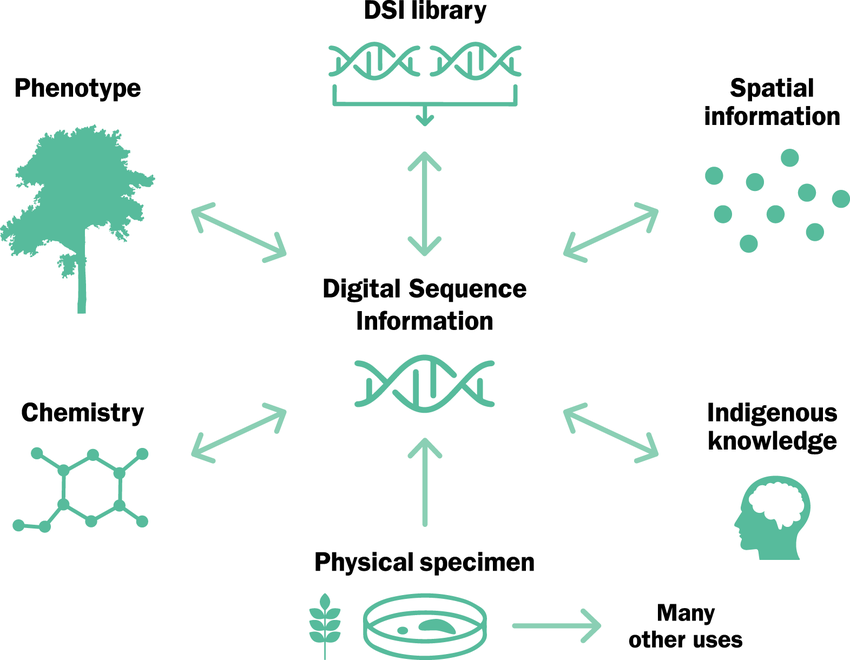Recently held CoP16 biodiversity conference set up 'Cali fund' to support biodiversity conservation in countries providing digital sequence information.

Bioprospecting is the systematic and organized search of useful products derived from bio resources including plants, microorganisms, animals that can be developed further for commercialization and overall benefits of the society.
Stone-washed denim jeans get their streaked quality from nature - specifically from enzymes developed from microbes found in super salty soda lakes.
Why is it Important to adopt multilateral mechanism in COP – 16?
Large companies and other major entities benefiting commercially from DSI will contribute to “the Cali Fund,” based on a percentage of their profits or revenues.
A U.N.-commissioned study estimated that a charge of 0.1% to 1% on annual revenues of companies using DSI could generate between $1 billion and $10 billion annually.
|
UNCBD |
To know about UNCBD COP – 15, Click here. |
Reference
The Hindu| COP16 On How To Uses And Pay For Genetic Information